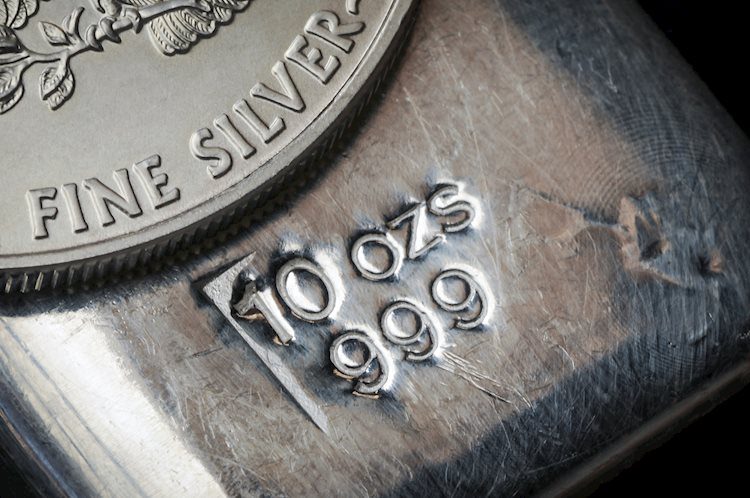Silver prices are on the rise, hovering near the key resistance level of $32.00 as the US Dollar weakens amidst speculation of a potential large interest rate cut by the Federal Reserve. The US Dollar Index is near its yearly low and 10-year US Treasury yields are rising, typically resulting in higher opportunity costs for non-yielding assets like Silver. Despite this, Silver remains firm and steady, holding onto its gains.
Expectations that the Federal Reserve will lower interest rates further, with a potential 75 bps cut in the remaining two policy meetings, have intensified. The probability of a larger rate cut in November has increased, according to the CME FedWatch tool. Investors are closely watching for the US core Personal Consumption Expenditure price index data for August, which will provide insight into inflation levels, a key factor influencing the Fed’s decisions.
From a technical analysis standpoint, Silver is approaching the decade-high of $32.50 after breaking out of a downward trendline. The upward-sloping 20-day Exponential Moving Average indicates a bullish near-term outlook. The 14-day Relative Strength Index is striving to maintain a bullish momentum, with potential for further upward movement.
Silver is a precious metal with a long history as a store of value and medium of exchange. While not as popular as Gold, it offers investors a diversification opportunity and potential hedge during high-inflation periods. Silver can be bought in physical form or traded through vehicles such as Exchange Traded Funds, tracking its price on international markets. Factors affecting Silver prices include geopolitical instability, interest rates, US Dollar movements, industrial demand, and recycling rates.
The industrial sector, especially in electronics and solar energy, drives demand for Silver due to its high electric conductivity. Demand fluctuations in the US, Chinese, and Indian economies impact Silver prices as well. Silver prices often move in correlation with Gold, with Silver typically following Gold’s price movements. The Gold/Silver ratio, which compares the value of one ounce of Gold to Silver, can provide insight into the relative valuation of the two metals, potentially indicating undervaluation or overvaluation.
Overall, Silver prices continue to climb near key resistance levels, driven by a weakening US Dollar and speculation of future interest rate cuts by the Fed. Investors are closely monitoring inflation data and technical indicators to gauge the potential for further price movements. As a precious metal with industrial applications, Silver remains a popular choice for investors looking to diversify their portfolios or hedge against economic uncertainties.









